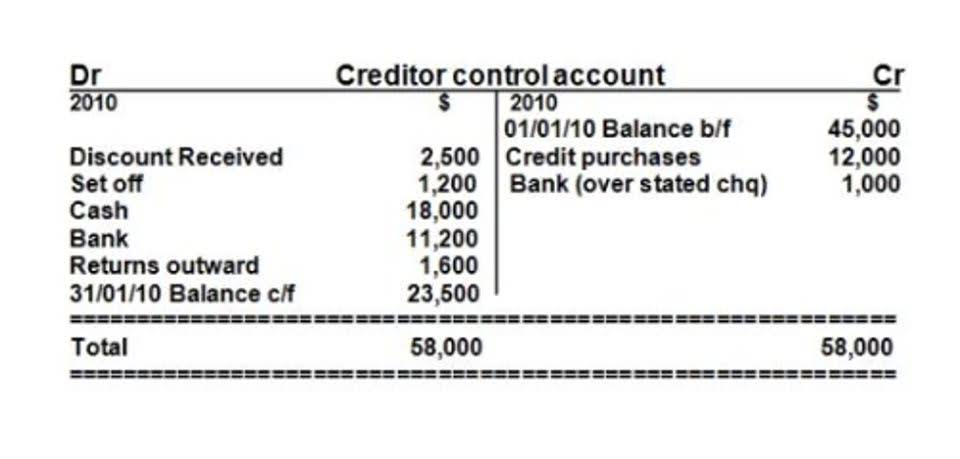A Guide to Personal Income Tax in New York

A ny.gov website belongs to an official New York State government organization. In parts of the state, like New York City, all types of taxes are even higher. If you have a qualifying child or relative, you might qualify for the Child Tax Credit.
State official awaiting guidance on effect of memo pausing federal loans and grants
This includes wages, salaries, bonuses, investment income, and specific benefits. Understanding what qualifies as taxable income is critical for residents to compute their contribution margin tax obligations accurately. This clarity helps prevent underpayment or overpayment of taxes and ensures compliance with state tax laws. Knowing the components of taxable income is also vital for effective financial planning and tax preparation. To e-file your New York and Federal income tax returns, you need a piece of tax software that is certified for eFile by the IRS.
- The CPRAC put forward recommendations in December 2024, which included the expansion of a child tax credit as among the most impactful methods by which to reduce poverty.
- The table below shows the total state and local sales tax rates for all New York counties.
- Using reliable tax software can streamline the process, ensuring accuracy and compliance with state tax laws.
- This is a question every potential homebuyer in New York should ask themselves before entering the market.
- There are three types of residency statuses when it comes to New York state tax.
Preparing Your Tax Return for New York State: Tips and Tricks
Using reliable tax software can streamline the process, ensuring accuracy and compliance with state tax laws. Staying informed about the latest tax regulations and maintaining organized financial records are critical to a hassle-free tax filing experience. It’s also crucial to be aware of tax filing deadlines to avoid penalties and to make the most of potential deductions and credits. Income tax rates in New York State vary from 4% to 10.9%, contingent on factors like taxable income, adjusted gross income, and filing status. If line 19 is more than line 36, the college tuition credit offers you the greater tax benefit.

NY Attorney General Letitia James plans to file a lawsuit to block the Trump administration’s funding freeze
In the New York City metro area, there is an additional 0.375% sales tax to support transit. Spokespeople for South Carolina, Maine and Washington’s agencies said they’re still trying to determine how the federal document will affect them, including their funding. AliKhan, who was appointed by President Joe Biden, said in halting the freeze, “It seems like the federal government currently doesn’t actually know the full extent of the programs that are going to be subject to the pause.” There are no annual New York sales tax holidays and no special New York sales tax holidays planned in 2025. Among them was David Kamin, a professor at New York University School of Law, who wrote on X that “broadly substituting tariffs for income tax is a sure way to hit hard low- and middle-income Americans and reward top.”

The share of residents claiming dependents on their tax filings dropped by more than 3 percentage points between 2017 and 2022. The supplemental income tax imposed on high-earning New Yorkers can, in some cases, amount to an almost flat tax on all earnings rather than just a portion of earnings. You can calculate supplemental tax by reviewing the worksheets on the NYS Department of Revenue’s website, and good tax software should be able to do the calculations as well.

For 2022, the most use of digital assets Certified Bookkeeper was reported by those ages 30 to 39, closely followed by those younger than age 30. The remaining age brackets, from youngest to oldest, correlated with a decrease in the use of digital assets. Composition of income types at various total income levels in New York State in tax year 2022. Income types include retirement income; unearned income; business and farm income; wages and salary; rent, royalties, flow-thrus, and estates and trusts; and other income. The primary type of income for incomes up to $5 million is from wages and salary.
Tax-Rates.org provides easy access to five of the most commonly used New York income tax forms, in downloadable PDF format. For all of the tax forms we provide, visit our New York tax forms library or the ‘s tax forms page. Tax credits are a type of tax advantage that reduces the amount of taxes you owe by the credited sum. This means new york income tax that if the credit amount surpasses your tax liability, you could potentially get the excess as a refund.

In New York, the median property tax rate is 1.54%, and the average property tax bill is $3,359, making it one of the most expensive in the U.S. Although the federal government has rescinded unspent funds in the past, it hasn’t normally halted grants on the front-end, she said. The grant pause is perhaps most similar to a federal government shutdown, when a congressional impasse on spending legislation delays federal payments for some state and local services. This means students who rely on federal financial aid to pay for tuition and other costs are not expected to see any disruption from the pause. Department officials said they’re still reviewing the effect of the memo.












